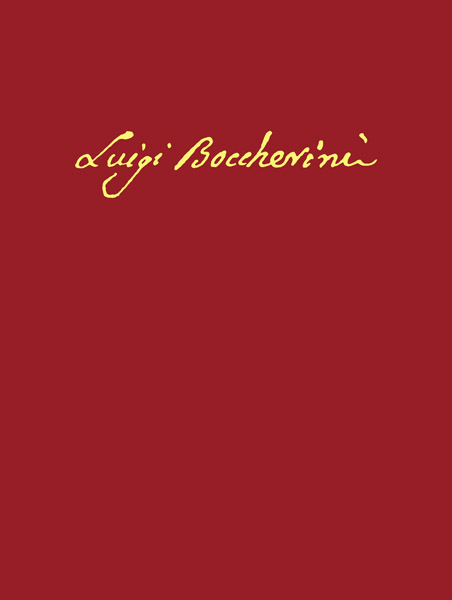edited by Federico Gon, Bologna, Ut Orpheus Edizioni, 2023 [Opera Omnia – Vol. Vol. XIII.2], ISMN: 979-0-2153-2822-8, BCE 13.
The symphonic output of Luigi Boccherini, which can be placed in a period of time ranging from about 1765 to 1799, can be considered a milestone in the development of the genre. It represents perhaps not only the most interesting corpus of the second half of the eighteenth century beyond those authors belonging to the Wiener Klassik, but also to the wider Austro-German world including Vaňhal, Ordonez, Dittersdorf, Hoffman, Beck, Cannabich, Kraus, etc.
The first attempts are represented by isolated and occasional pieces, some written before the composer entered service at the Spanish court in 1768, such as the Symphonies G 490, 491 and 500. In contrast, the Six Symphonies Op. 12 (G 503-508) dating from 1771 form the first examples to be conceived as a unitary collection and are probably the most widespread and well-known (no. 4, for instance, is the very famous ‘La casa del Diavolo’).
It was to be several years before Boccherini engaged again in this genre in the composition of the Six Symphonies Op. 21 (G 493-498). These were probably composed in Aranjuez before the scandal that engulfed Don Luis in Sant’ Ildefonso, Infante of Spain and patron of Boccherini, who was forced into exile in Las Arenas de San Pedro in 1776.
The autograph of the symphonies, preserved today in the Bibliothèque nationale de France, bears, in addition to the dedication to the aforementioned Don Luis, the date 1775 and in all probability represents the matrix that the composer sent to the publisher Sieber for publication, which took place the following year, 1776.











